Golisi i2
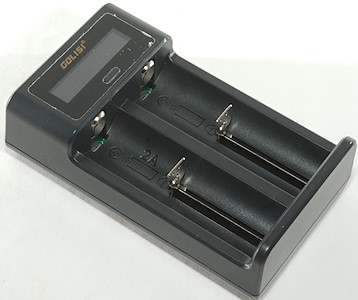
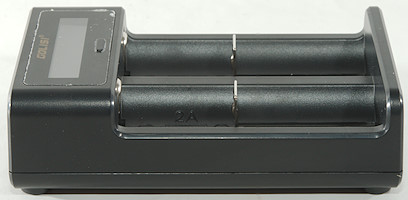
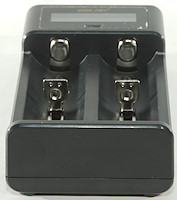
This is a simple two slot charger from Golisi have with a a better readout than usual.
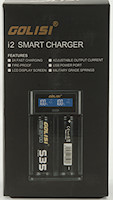

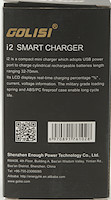

It arrived in a black very stylish cardboard box, there is some specifications on the back.
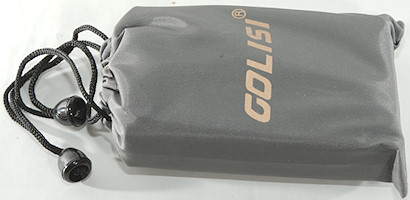
The box included a bag for the charger.
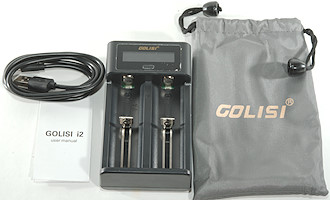
The total contents of the box was the charger, the bag, a usb cable and a instruction sheet.
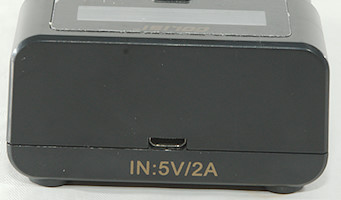
The charger is usb powered and can use up to 2A.
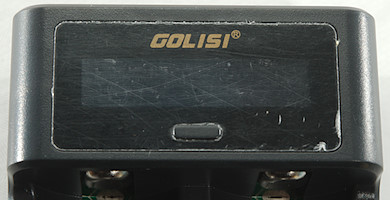
The user interface is a single button and a small display.
The button is used to change the readout between volt, mAh, and time
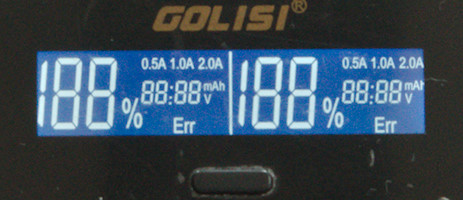
All segments on the display.


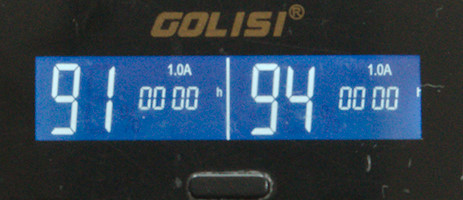
The 3 different readouts.

With a single LiIon cell the charger will use 2A charge current in the first slot. The second slot will charge with 1A.
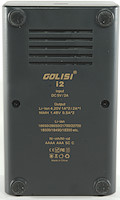
On the bottom of the charger there are specifications.

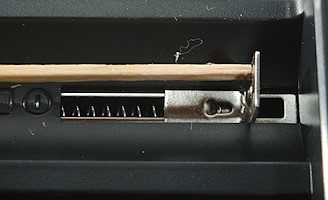
The slots uses the classical slider construction and it works fine.
The slots can work from 31 mm to 71.5mm. This nearly covers anything.


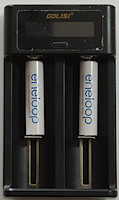
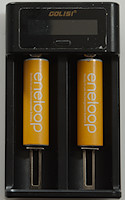

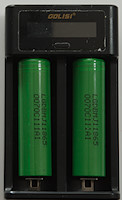
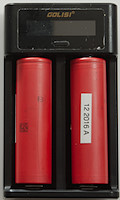
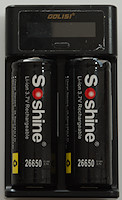
The charger can handle 70 mm long batteries including flat top cells.
Measurements
- First slot will charge a single LiIon with 2A, second slot with 1A
- Idle current is about 42mA from usb
- Discharge LiIon battery with 0.3mA when not connected to power.
- Discharge NiMH battery with 0.07mA when not connected to power.
- When power is connected with a full battery, it will charge with about 0.3mA.
- Below 0.3 volt the charger will report error
- Below 1.6V the charger will assume NiMH
- Between 1.6V and 2.2V the charger will not charge.
- Above 2.2V the charger will assume LiIon.
- Below about 0.7 volt the voltmeter is not very precise.
- Display turns off after 30 seconds.
- Voltmeter is within 0.01V
- Voltmeter stops updating when charging is stopped and will not show above 4.20V
- Charger will not restart when voltage drops.
- It will restart charging on reinsertion of the battery or power cycling.
Charging LiIon
Charge current is 1A or 2A for one cell (depends on slot) and 1A for two cells.
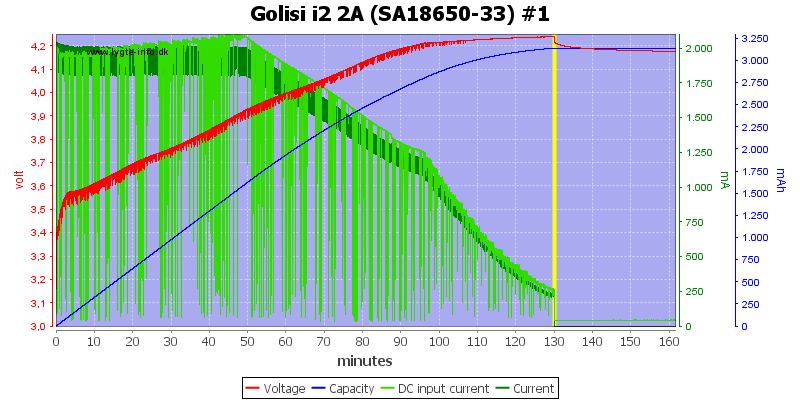
The simulated CC/CV charge curve is nice, but 2A is a bit high for this cell.
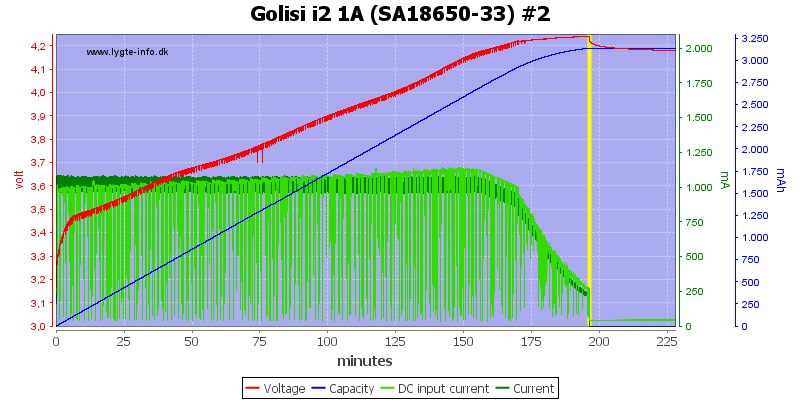
Moving to the second slot reduces the charge current to 1A, but the termination is around 250mA.
Due to the charge algorithm the cell ends up very close to 4.2V
Display shows: 2990mAh in 3:15
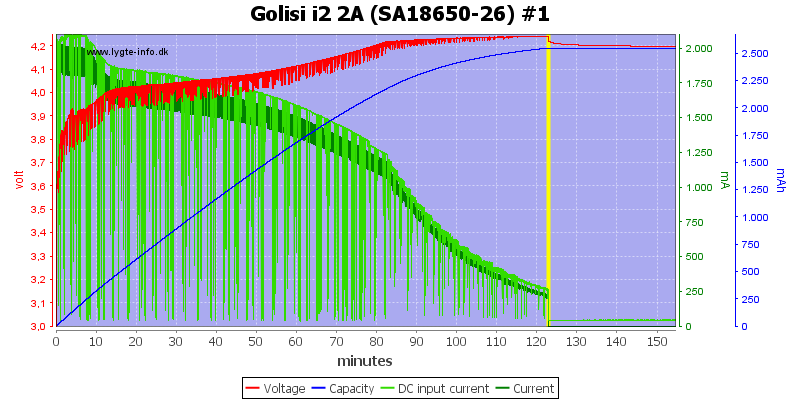
Display shows: 2498mAh in 2:02
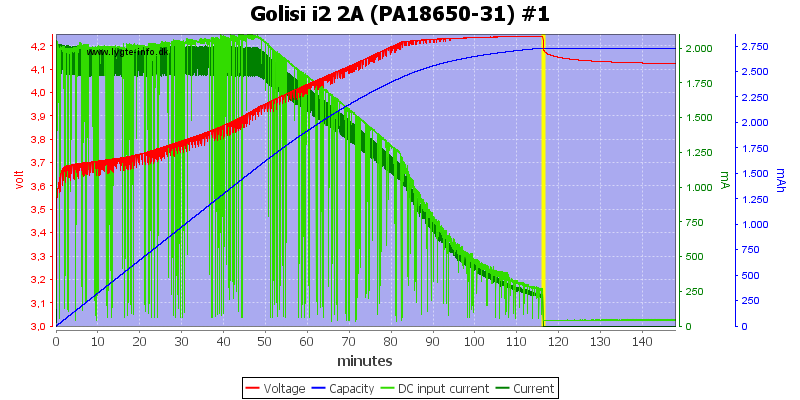
I did these two at 2A and they where charged fine.
Display shows: 2674mAh in 1:55

I even tried this old cell at 2A, the current dropped fast and the charger do not use a too high charge voltage. The end result is fine.
Display shows: 2018mAh in 2:21
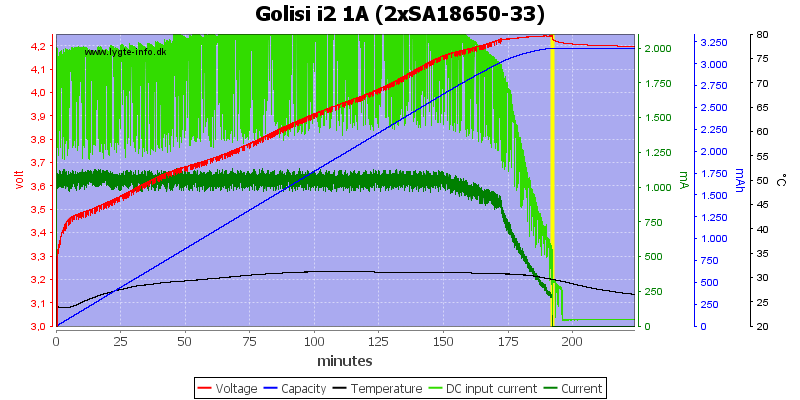
With two cells I am down to 1A on both cells and the charger uses a bit above 2A from usb.
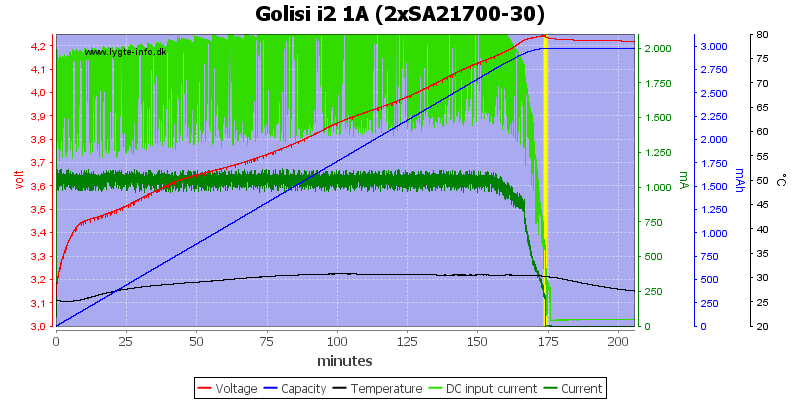
My high current 20700 cells were also charged fine.
Display shows: 2791mAh in 2:53 and 2827mAh in 2:55
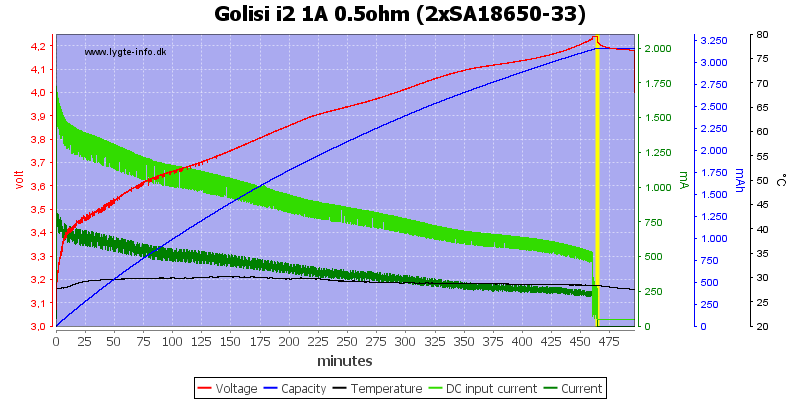
Adding a 0.5ohm resistor in series with the power simulated a weak usb supply or long usb cable, the charger works slower, but will charge the cell.
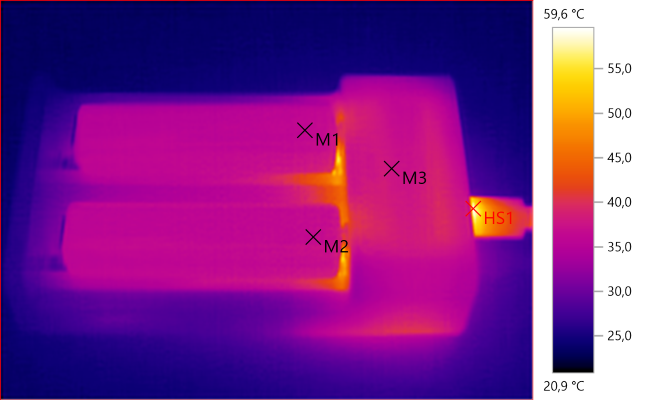
M1: 36,2°C, M2: 36,8°C, M3: 37,7°C, HS1: 59,6°C
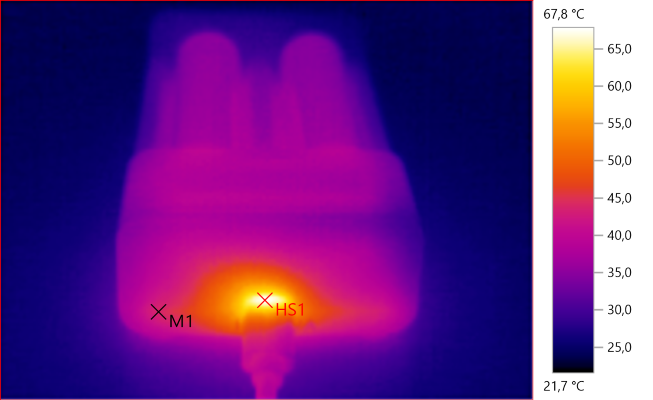
M1: 43,9°C, HS1: 67,8°C
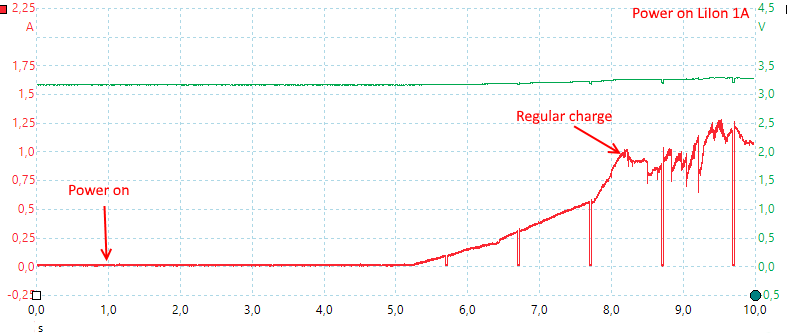
The charger needs about 7 seconds to initialize. Notice the pulses during charge, it looks like this charger use some sort of simulated CC/CV, this do also fit with the final charge voltage that varies slightly.
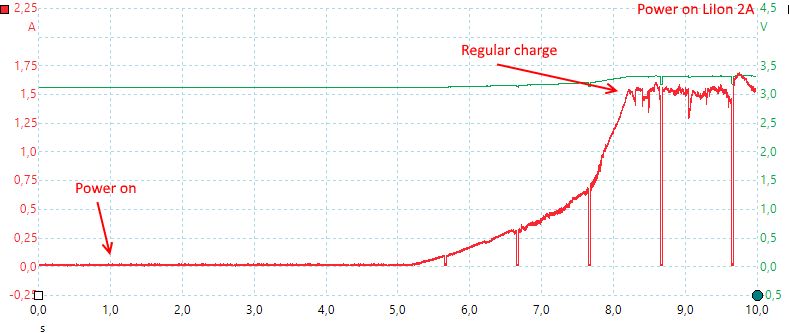
The 2A looks the same.
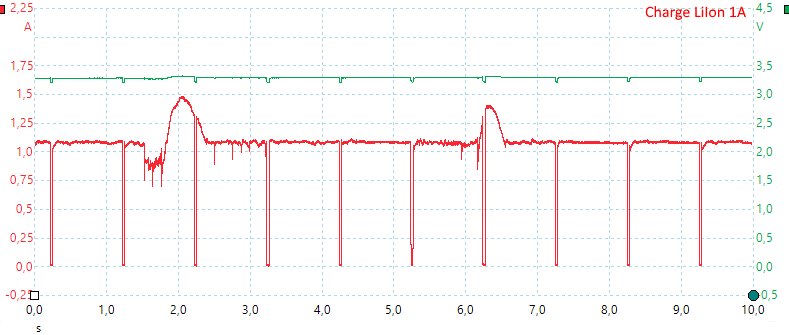
LiIon stops at regular intervals to check the voltage.
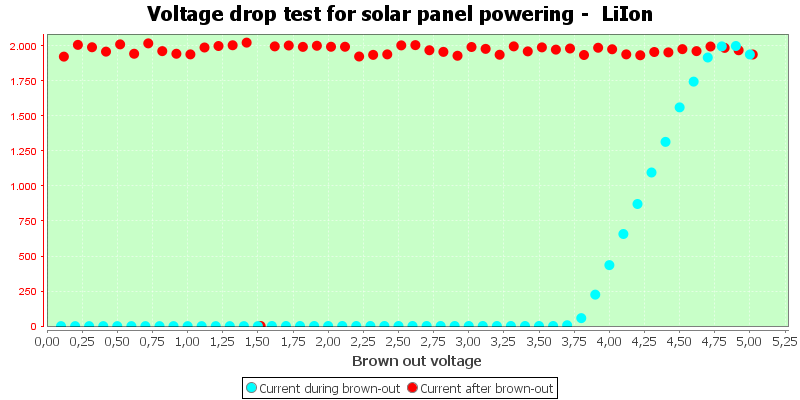
This charger can lock up with unstable voltage.
Charging NiMH
Charge current is 1A for one NiMH and 0.5A for two NiMH
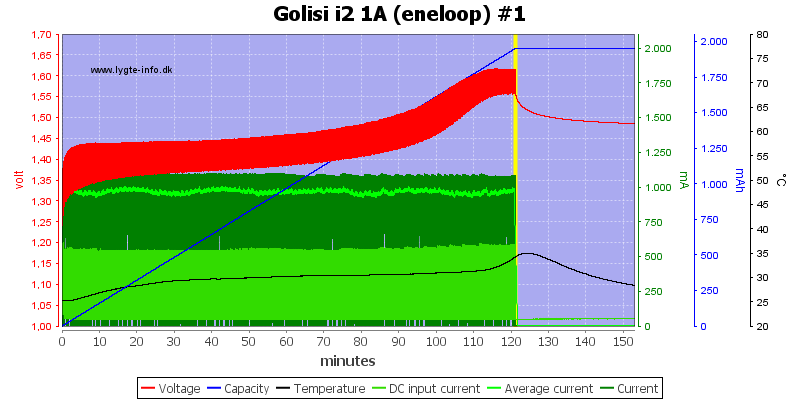
This is a nice -dv/dt (or maybe 0dv/dt) charge curve, that stops when the battery starts getting warm.
Display shows: 1886mAh in 2:01
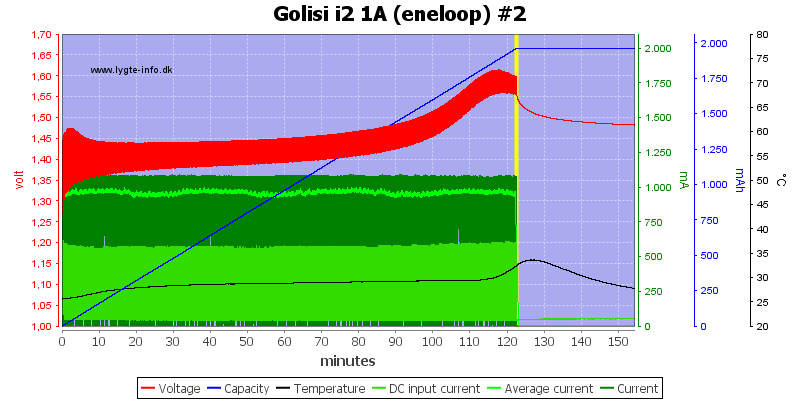
Same on the second channel.
Display shows: 1907mAh in 2:02
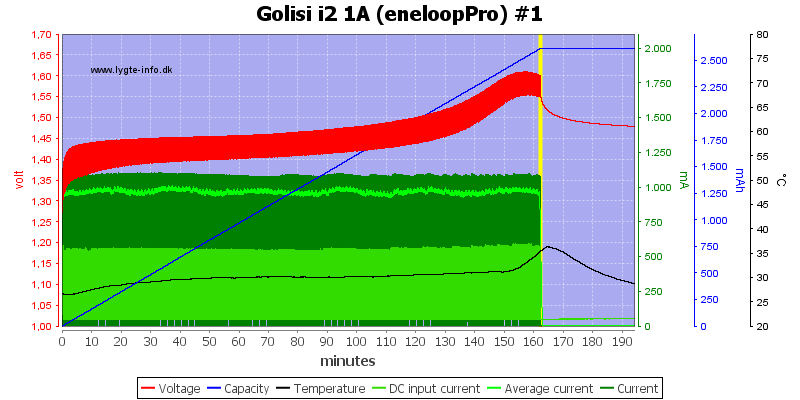
The Pro is also handled nice.
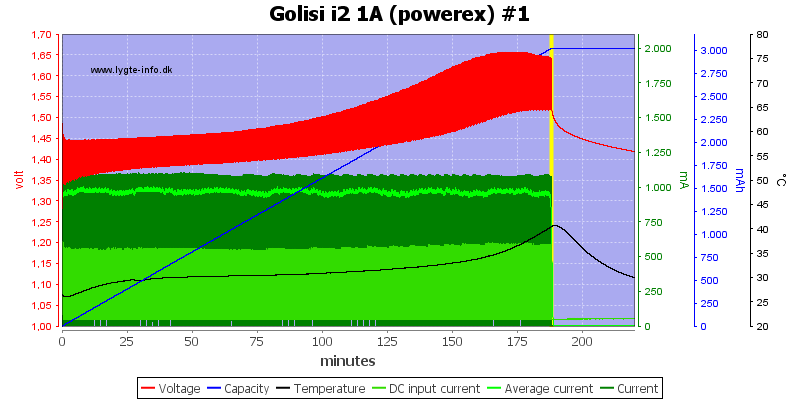
The powerex is starting to get old, but the charger has no problem with it.
Display shows: 2927mAh in 3:07
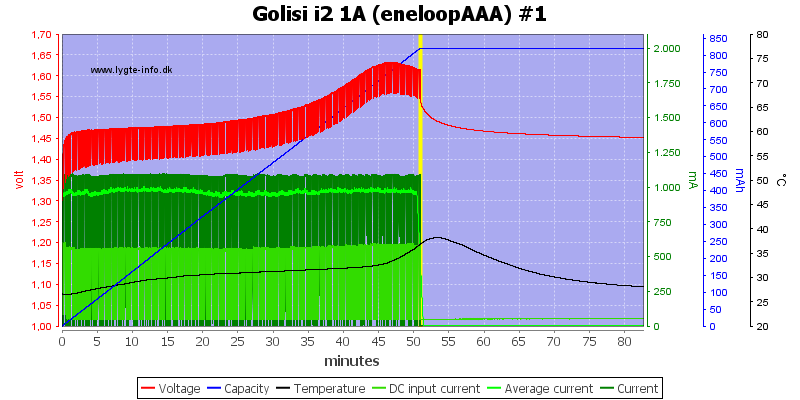
The AAA is charged at a slightly high current, this gives a very obvious -dv/dt signal for the charger to stop on.
Display shows: 792mAh in 0:50

As usual -dv/dt termination is slow to detect a full cell, here the charger uses about 13 minutes.
Display shows: 194mAh in 0:12

With two cells the charge rate is only 0.5A, but the termination works fine.
Display shows: 1774mAh in 3:37 and 1698mAh in 3:27

M1: 34,3°C, M2: 34,2°C, M3: 36,1°C, HS1: 47,9°C
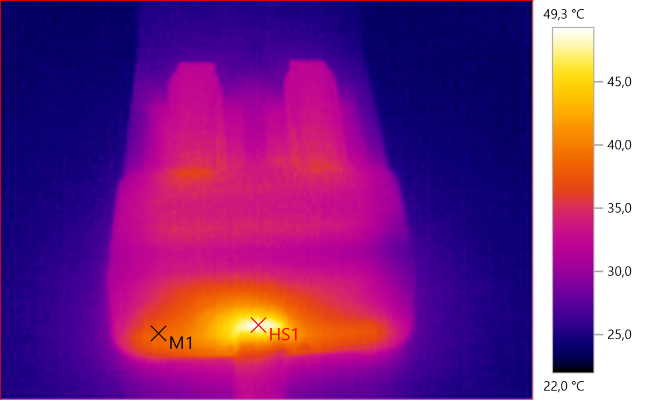
M1: 38,3°C, HS1: 49,3°C
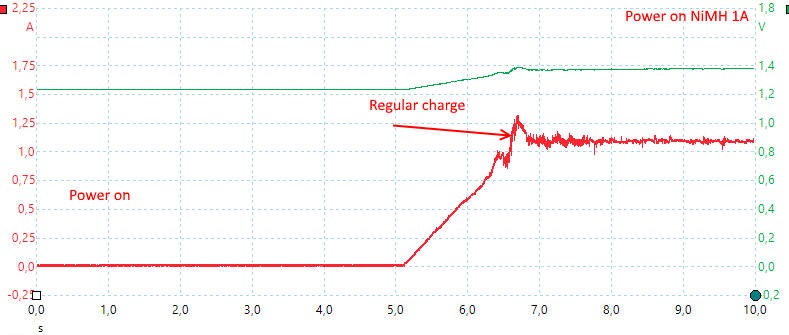
NiMH needs about 5 seconds to initialize.

As usual with NiMH chargers the charging is pulsed, here the voltage is checked each 10 seconds.
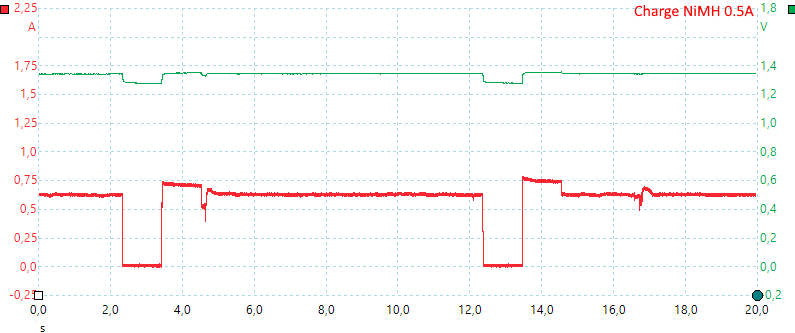
With two cells in the charger it looks like there is a time offset between the two pauses, due to the slightly higher current just after the pause.
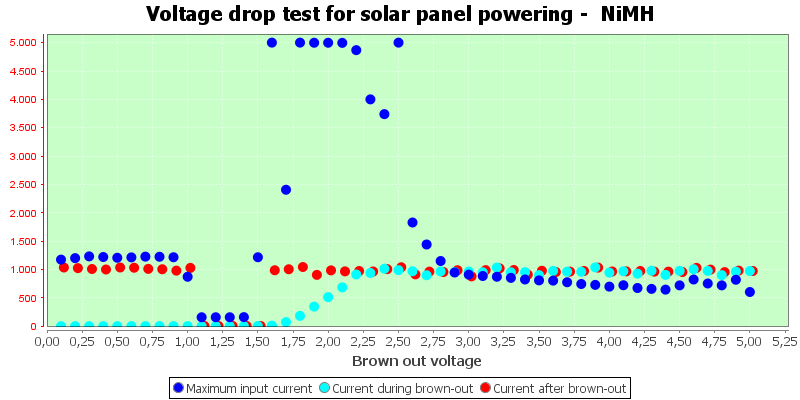
With NiMH the there is a risk of locking up with unstable voltage supply, and the current regulation do not like a fast voltage increase.
Conclusion
The charger handles LiIon and NiMH fine, but because the minimum current for LiIon is 1A it is not good for smaller LiIon cells. I like it has capacity and voltage display, but the digits are rather small.
The charger is good, but I miss a current selection.
Notes
The charger was supplied by Golisi for review.
Here is an explanation on how I did the above charge curves: How do I test a charger





















































